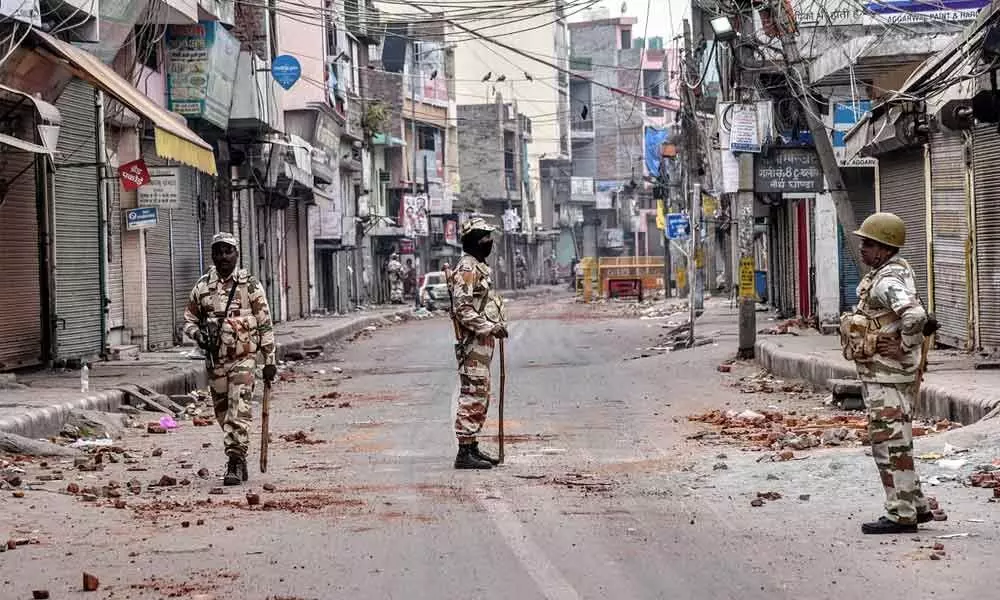Live
- BJP conspiring against Delhiites to create water crisis, alleges Atishi
- 1st ODI: Mandhana, Sobhana help India decimate South Africa by 143 runs
- Bengal BJP leader's relative apologises again for his derogatory comments on Amit Malviya
- Additional central forces deployed in Manipur's violence-hit Jiribam district, relief material distributed
- Solid export growth to lead recovery of domestic consumption: South Korean PM
- Police shoot man with pickaxe ahead of Netherlands vs Poland Euro 2024 match: Report
- Musk's X banned over 2 lakh accounts for policy violations in India in May
- Zomato may buy Paytm's movie ticketing business: Reports
- India among 12 countries that avoid signing final communique of Ukraine Peace Summit
- Indian cyber agency finds multiple bugs in Google Chrome, SAP Products









